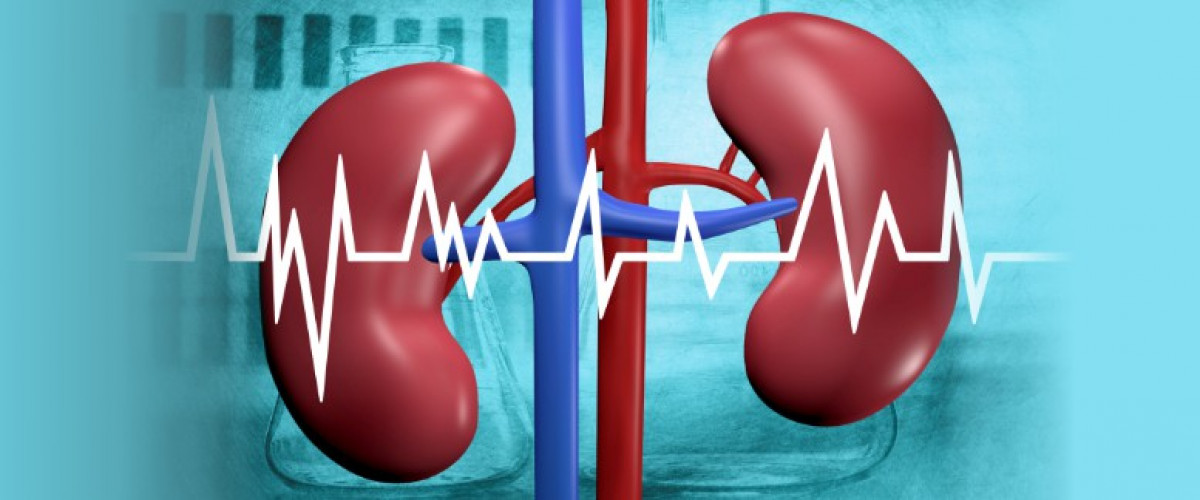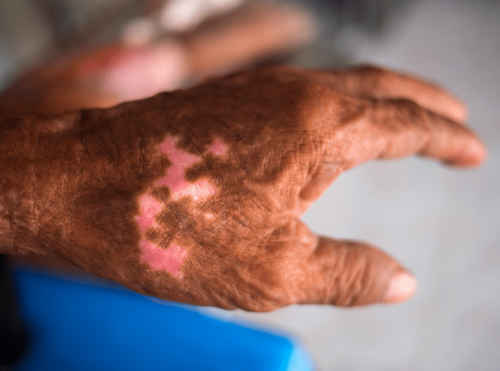Practical, accurate, affordable prices
At the initial stage, Chronic Kidney Disease (CKD) has not caused symptoms and signs, even until the glomerular filtration rate of 60% of patients is still asymptomatic (without or asymptomatic) but there has been an increase in serum urea and creatinine levels (blood). Clinical and laboratory abnormalities are only evident in grades 3 and 4. When the glomerular filtration rate is 30%, complaints such as weakness, nausea, decreased appetite, and weight loss begins to be felt by the patient. Patients begin to experience pronounced symptoms and signs of uremia when the glomerular filtration rate is less than 30%. Data regarding the incidence of Chronic Kidney Disease (CKD) shows a common concern. Even in several recent journals, the SARS-CoV-2 virus as the cause of Covid-19 disease also attacks the kidney organs which affects the decrease in kidney filtration function.
Why Do You Have To Do Laboratory Tests Early To Determine Kidney Function?
Of course, with early detection before progressive kidney damage progresses to grade 3 or more, the patient and doctor will have the right therapy and action plan, so that kidney damage does not become a terminal stage quickly so as to prevent hemodialysis or "dialysis" which means quality patient's life will be maintained and avoid premature death. Management of Chronic Kidney Disease (CKD) is focused on slowing the decline in kidney function and at certain stages, hemodialysis and kidney transplantation are required.
How Is The Early Detection of Kidney Damage?
The recommendation from the Indonesian Ministry of Health through the Data & Information Center (PUSDATIN) in 2017 which was sourced from the 2015 Comprehensive Clinical Nephrology, suggests simple steps, namely: Blood pressure Microalbuminuria (mALB, Urine Creatinine, ACR), using a urine sample (random urine) CCT (Creatinine Clearance Test) or eGFR (estimated glomerular filtration rate), using a blood/serum sample.
Note: Repetition of laboratory tests is strongly recommended at regular intervals, for example, 3, 6, or 12 months depending on the patient's condition and the risk factors he has. Of course, we need to know the latest methods that are practical, accurate, reliable, and at affordable prices that can help determine the stage or degree of kidney damage. Currently, examination with a random urine sample without having to accommodate a total of 24 hours is a wise choice because it is easy to do at any time. With urine samples, it also avoids pain, high costs, and risks of taking blood/serum samples. Generally, a clinician who specializes in kidney disease will make a decision on the status of a person's kidney function with several indicators to make the diagnosis. With urine samples, the conclusion of the status of patients with Chronic Kidney Disease (CKD) can confirm the results of other tests such as blood/serum tests and vice versa.
The Degree Of Chronic Kidney Disease (CKD) and The Risk Of Progression Are Classified Based on The Laboratory Results Of Blood/Serum and Urine As Follows:
|
|
Persistent albuminuria categories description and range (urine sample) |
|||||
|
A1 |
A2 |
A3 |
||||
|
Normal to mildly increased |
Moderately increased |
Severely increased |
||||
|
<30 mg/g <3 mg/mmol |
30 - 300 mg/g 3 - 30 mg/mmol |
>300 mg/g >30 mg/mmol |
||||
|
GFR categories (mL/min/1.73 m2) description and range |
G1 |
Normal or high |
≥90 |
1 if CKD |
1 |
2 |
|
G2 |
Mildly decreased |
60-89 |
1 if CKD |
1 |
2 |
|
|
G3a |
Mildly to moderately decreased |
45-59 |
1 |
2 |
3 |
|
|
G3b |
Moderately to severely decreased |
30-44 |
2 |
3 |
3 |
|
|
G4 |
Severely decreased |
15-29 |
3 |
3 |
4+ |
|
|
G5 |
Kidney failure |
<15 |
4+ |
4+ |
4+ |
|
Note: GFR and albuminuria describe the risk of progression according to color (green, yellow, orange, red, dark red). The figure in the box shows the recommended monitoring frequency/year. Source: KDIGO 2012 Clinical Practice Guideline for the Evaluation and Management.
Who Needs Testing For Early Detection of Kidney Damage?
Of course, they have risk factors for Chronic Kidney Disease (CHD), namely: Age> 50 years Diabetes Hypertension Smoker Obesity Family history of kidney disease
What Is Recommended As A Tool To Check Kidney Function Using Urine Sample Material?
PT Isotekindo Intertama in collaboration with SINOCARE Inc from China, which is known as a global leading company that specializes in diabetes diagnosis and its complications, created a tested and trusted Sinocare ACR Analyzer tool with evaluation support that the check number from the Sinocare ACR Analyzer tool includes microalbuminuria (mALB), Urine creatinine (Cr), and the ratio of albumin to urine creatinine (ACR), have been shown to aid in the accurate and reliable diagnosis of kidney function.
References:
- Situasi Penyakit Ginjal Kronis. Infodatin Pusat Data dan Informasi Kementerian Kesehatan RI. 2017.
- Pedoman Pelayanan Hemodialisis di Sarana Pelayanan Kesehatan. Dirjen Pelayanan Medik Spesialistik Direktorat Jenderal Bina Pelayanan Medik Depkes RI. 2008.
- KDIGO Clinical Practice Guideline for the Evaluation and Management of Chronic Kidney Disease. 2013.
- www.kidney.org.







